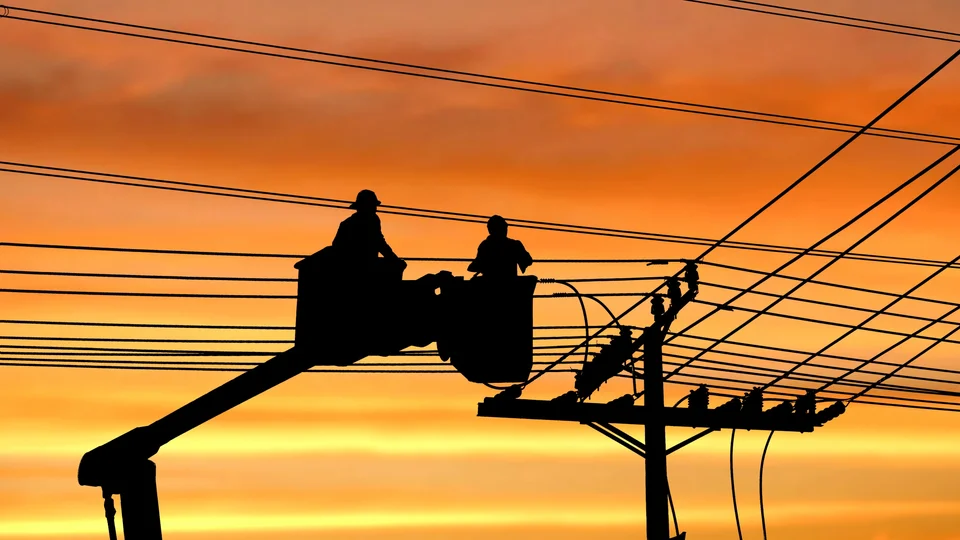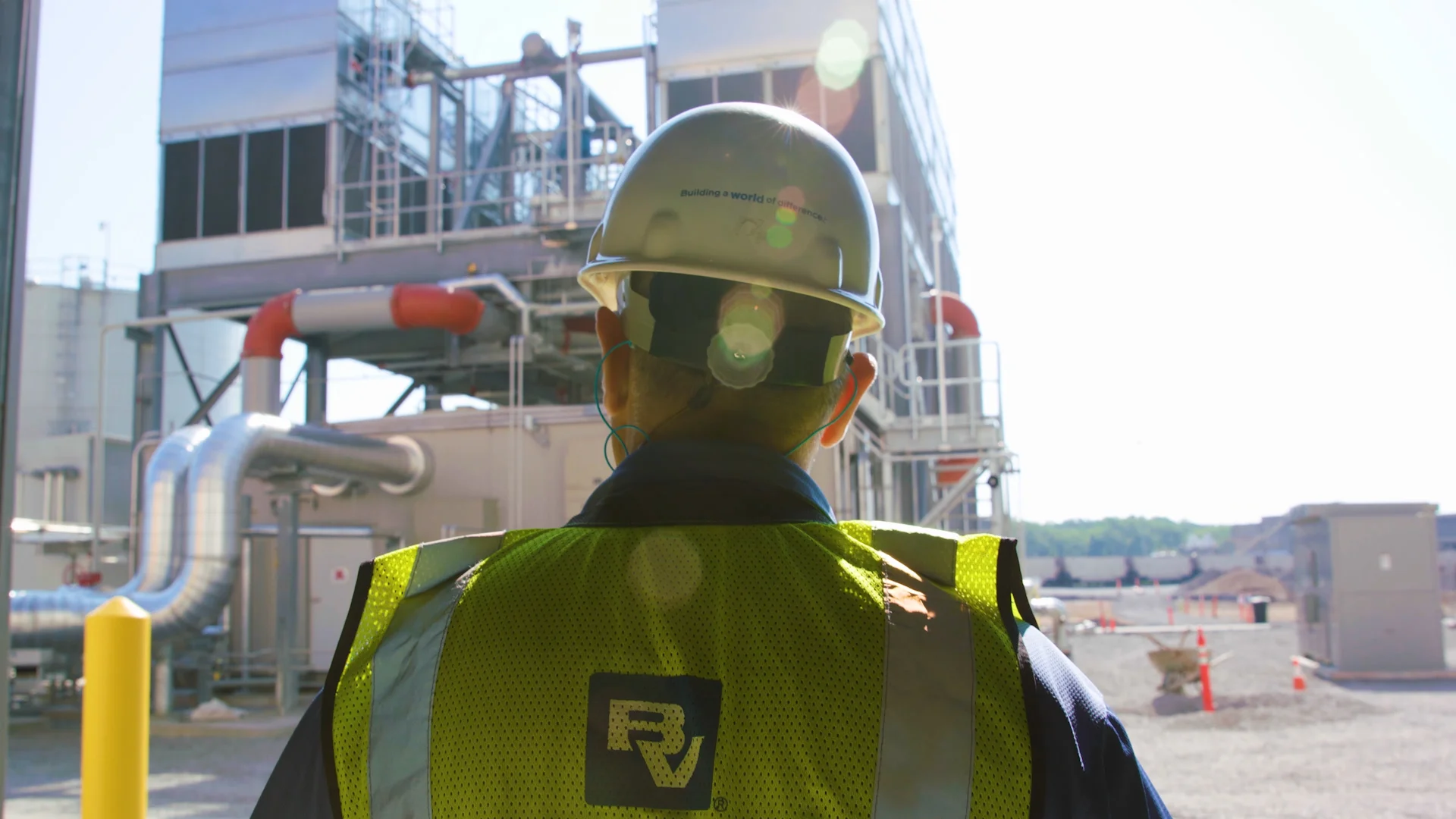Asia Eyes Transmission Capacity Expansion

By Narsingh Chaudhary and Adrian Tan
When expanding transmission systems, acquiring the land for new lines is often a prerequisite. As is the case in numerous countries, rights-of-way (ROW) in Southeast Asia are crowded, and utilities are finding it increasingly challenging to acquire new ROW for transmission lines, particularly in heavily populated areas. The challenges are typically around space constraints and concerns about the line design aesthetics, especially with higher-voltage lines that deliver bulk power more efficiently over long distances.
In a 2019 Southeast Asia Energy Outlook report, the International Energy Agency (IEA) noted that energy demand in this region has increased by more than 80 percent since 2000, marking its trajectory as among the fastest growth rate in the world. The IEA goes on to predict this growth shows no signs of slowing down, as it is being driven by rising incomes, industrialization and urbanization. The organization estimates, by 2040, the region’s energy demand will increase by an additional 60 percent, the economy will more than double in size and the population will grow by an additional 120 million people, mostly in urban areas.
With growth indicators like these, Asia’s power leaders are intensifying efforts to increase the region’s transmission capacity. In addition to adding more renewable energy and battery energy storage systems to their network, Southeast Asia utilities also are looking closely at transmission line technology. One solution under consideration is the Breakthrough Overhead Line Design (BOLD). U.S. utility American Electric Power (AEP) is using this compact, low-profile line design to overcome the same transmission challenges as those faced by Southeast Asia and many other utilities around the world.
A ROW Challenge
In 2019, Google joined fellow technology leaders Amazon and Facebook by breaking ground on a US$600-million, 400-acre (162-hectare) data center in New Albany. It is a calculated economic strategy, with the city encouraging investment from information technology operations and businesses that complement the data hubs, including call centers and corporate offices. The city of New Albany, Ohio, U.S., is a rapidly growing suburb 15 miles (24 km) northeast of the state capital, Columbus. Part of AEP’s service territory, central Ohio is home to at least 50 data centers — nearly half of the state’s 120 data centers — representing billions of dollars in investments. Nine of these data center projects reside in New Albany.
With this data center development under way, it became more critical than ever to ensure the reliable, resilient flow of power to these facilities.
AEP has high-capacity infrastructure in the area connected to its 11-state transmission system. The existing communication capacity and New Albany’s city infrastructure makes this a high-value location for data centers. For AEP to reliably serve these large loads, new substations and additional transmission system capacity were required, but the availability of ROW for new transmission lines was extremely limited.
To meet the infrastructure improvement, AEP decided to use BOLD technology on an existing single-circuit 345-kV overhead transmission line. Comprised of 40 transmission structures made of wood and laminated wood, the transmission line was installed in the 1970s and nearing its end of life. It needed to be renewed or replaced.
Key Design Differences
This was not AEP’s first experience with BOLD. In fact, the utility developed the technology to overcome transmission challenges like the difficulty in getting new lines sited. AEP teamed up with Hubbell Power Systems and Valmont Industries on some aspects of the development to ensure the design met performance requirements and had the necessary structures, insulators and hardware for installation.
After extensive laboratory testing, the utility was ready to use the new line design in its transmission system. The first use of BOLD was in 2016 on a 22-mile (35-km), 138-kV rebuild with a 345/138-kV hybrid line design in Fort Wayne, Indiana, U.S.
The BOLD solution features a streamlined, low-profile structure with phase-conductor bundles arranged in compact delta configurations. An arched crossarm on the structure supports circuits set atop a tubular steel pole, which AEP feels makes for a nicer appearance than traditional design. BOLD can support both single-circuit and double-circuit lines, and it also can expand single-circuit into double-circuit lines, which is exactly what AEP did to meet the objectives of its New Albany ROW data center project.
The average 100-ft (30-m) 345-kV BOLD structure is about one-third shorter than a traditional double-circuit design. Each phase contains multiple conductor bundles 18 inches to 32 inches (457 mm to 813 mm) in diameter. The distances between the three phases are as low as 14 ft (4.3 m) and maintained using two interphase insulators per circuit. Standard insulators attach each of these bundles to the crossarm and tubular structure bodies. The crossarm supports two shield wires positioned to provide zero-degree shield angle to the outermost phases.
Converting the Corridor
AEP’s existing ROW for the data center project was surrounded by urban and suburban growth, making the prospect of building new lines daunting and tremendously expensive, with New Albany ROW prices around $300,000 per acre. Converting this corridor from a single-circuit to a double-circuit transmission line eliminated the need for an expensive and contentious line routing process. Plus, the utility was able to address an aged asset in need of attention.
This solution doubled the capacity of a valuable existing corridor. As a result of selecting the BOLD transmission line design instead of a traditional design, AEP benefited from significantly increased capacity and more efficient power delivery capability while maximizing an existing ROW.
The smaller footprint and lower structure heights also enabled the utility to shorten the construction timeline, by allowing builders to construct the transmission line with very short-duration outages. The construction process also was expedited by undertaking work at ground level followed by lifting the top sections of the towers, complete with insulators, into place prior to conductor stringing.
The cost comparison between erecting a traditional transmission line and a BOLD transmission line on an existing ROW is influenced by a multitude of factors, such as line length, megavolt-ampere transfer capacity and construction methods. Currently, based on the BOLD lines that have been constructed to date, AEP has found the material and construction costs are similar to that of traditional designs. However, the overall cost of ownership for BOLD lines comes down dramatically, with a 60 percent increase in load transfer capacity, more than 30 percent reduction in line losses and the savings associated with constructing a transmission line on the ROW.
System Stability
AEP’s New Albany project and others like it serve as an example for how advanced transmission line technologies can enable utilities, particularly those in Southeast Asia, to meet rising energy demand in an efficient, secure and affordable manner. To address excessive transmission line losses linked to the operation of inefficient and aging transmission systems, Asia’s power leaders are looking to optimize the use of ROW for increased power capacity to meet consumer needs, while allowing for the integration of renewable energy.
Technologies that require smaller footprints reduce land acquisition challenges and enable utilities to generate more revenue from increased power available at the receiving end. There also is an opportunity to combine advanced transmission technologies with data analytics and artificial intelligence to mitigate variable renewable energy generation in support of transmission system stability and smart grids.
To optimize the opportunities in growing transmission system complexities, Asia’s power sector is partnering with industry leaders like AEP to share global best practices and regional execution experience to mitigate project risks while developing local resources and expertise in Asia for future projects.
This article was published with permission from T&D World. See the original article here (subscription required) and in T&D World magazine (April 2021, page 42-45).
Photos: American Electric Power (AEP).
Asia Continues Transmission Network Investments
Racing to meet escalating power consumption, media reports show Asia’s power leaders continue to invest in transmission networks to minimize grid overload and congestion incidences.
In the Philippines, state-run National Power Corp. (NPC) has committed to rehabilitating the 84-km (55-mile), 69-kV Calapan-Bansud transmission line in Oriental Mindoro. The infrastructure modernization will provide a more resilient and reliable power facility in the province. Another transmission project NPC is investing in are the 69-kV Bansud-Mansalay and Mansalay-San Jose transmission lines, which will connect the Oriental and Occidental Mindoro provinces.
As part of its long-term grid modernization strategy, NPC awarded various transmission and substation project contracts in the provinces of Palawan, Mindoro, Marinduque and Catanduanes. The grid modernization projects include the construction of new infrastructure and rehabilitation of existing infrastructure.
In Thailand, a key investment of the Electricity Generating Authority of Thailand (EGAT) is the construction of a 79-km (49-mile) transmission line to enhance the security of the trans-mission system in the Bangkok area. This transmission project is in line with Thailand’s plan to add 56 GW of power capacity by 2037. Thailand is expecting its power capacity to reach 77 GW by 2037. The nation’s current power generation capacity is 40 GW, and 20 GW is expected to be decommissioned over time. According to its 2018-2037 Power Development Plan, Thailand aims to have 53 percent of its total capacity come from natural gas, 20 percent from renewable sources, 12 percent from coal and the remainder from other sources, including imports.
Preparing to become the electricity hub in the Association of Southeast Asian Nations (ASEAN) region, Thailand plans to develop its power transmission lines to source hydropower from Laos and sell it to Malaysia, Cambodia and Myanmar.
According to media reports, Vietnam’s National Power Transmission Corp. (EVNNPT) launched 36 power transmission projects in 2019. Four of them are 500-kV transmission line projects, including the Long Thành and Nho Quan Power substations, and the rest are 220-kV transmission line projects, including the Ninh Phuoc and Tháp Chàm substations.
To meet rapid power consumption, Vietnam’s Ministry of Industry and Trade has proposed that a new public-private partnership bill have provisions allowing private investments in transmission lines and substations connecting power plants with the national grid.
Contact Us
Looking for a partner in innovation?
Let's Talk
